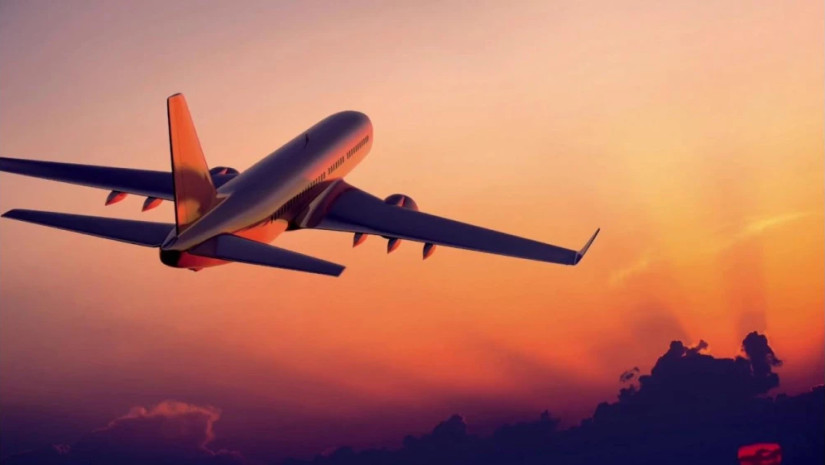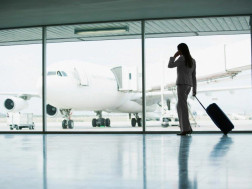The International Air Transport Association (IATA) released May 2023 traffic data showing continued strong growth in air travel demand.
Total traffic in May 2023 (measured in revenue passenger kilometers or RPKs) rose 39.1% compared to May 2022. Globally, traffic is now at 96.1% of May 2019 (pre-pandemic) levels.
Domestic traffic for May rose 36.4% compared to the year-ago period. Total May 2023 domestic traffic was 5.3% above the May 2019 level. This is the second month in a row domestic traffic has exceeded pre-pandemic levels.
International traffic climbed 40.9% versus May 2022 with all markets recording strong growth, led once again by carriers in the Asia-Pacific region. International RPKs reached 90.8% of May 2019 levels, with Middle East and North American airlines exceeding pre-pandemic levels.
The total industry load factor rose to 81.8%, led by North American carriers at 86.3%.
“We saw more good news in May. Planes were full, with the average load factors reaching 81.8%. Domestic markets reported growth on pre-pandemic levels. And, heading into the busy Northern summer travel season, international demand reached 90.8% of pre-pandemic levels,” said Willie Walsh, IATA’s Director General.
International Passenger Markets
Asia-Pacific airlines had a 156.7% increase in May 2023 traffic compared to May 2022, maintaining the very positive momentum since the lifting of the remaining travel restrictions in the region earlier this year. Capacity rose 136.1% and the load factor increased 6.4 percentage points to 80.0%.
European carriers posted a 19.8% traffic rise versus May 2022. Capacity climbed 14.2%, and the load factor rose 3.9 percentage points to 84.4%.
Middle Eastern airlines saw a 30.8% traffic increase compared to May a year ago. Capacity climbed 25.0% and the load factor pushed up 3.6 percentage points to 80.2%. The region is leading the recovery with May traffic at 17.2% above 2019 levels.
North American carriers’ traffic climbed 31.0% in May 2023 versus the 2022 period. Capacity increased 23.2%, and the load factor rose 5.1 percentage points to 85.1%, highest among the regions.
Latin American airlines had a 26.3% traffic increase compared to the same month in 2022. May capacity climbed faster-- up 27.3% -- and the load factor slipped 0.7 percentage points to 83.8%. The region was the only one to see capacity growth exceed traffic growth for the month.
African airlines’ traffic rose 45.2% in May 2023 versus a year ago. May capacity was up 44.2% and the load factor edged up 0.5 percentage points to 68.8%, the lowest among the regions.
Brazil’s domestic traffic grew 8.6% in May compared to a year ago, and is the latest domestic market to recover fully with traffic at 6.5% above pre-pandemic (May 2019) levels.
Japan’s domestic traffic surged 39.0% in May compared to a year ago, the strongest result after China and at 99.8% of pre-pandemic levels.
The Bottom Line
“People need and love to fly. The strong demand for travel is one element supporting a return to profitability by airlines. In 2023 we expect airlines globally to post a $9.8 billion net profit. It’s an impressive number, particularly after huge pandemic losses. But a 1.2% average net profit margin is just $2.25 per departing passenger. As a return, that is not sustainable in the long-term.
Moreover, it appears that, while the pandemic has changed many things in aviation, it has not righted aviation’s famously unbalanced value chain. The latest indication came last week as European airports announced a EUR 6.4 billion ($7 billion) collective profit in 2022. In comparison, IATA estimates that European airlines made a $4.1 billion profit for the same year. We don’t begrudge any business hard-earned profits. But this does raise an interesting question. Is airport economic regulation effectively defending the public interest when a monopoly supplier (airports) can generate seemingly much healthier returns than the competitive businesses (airlines) they supply? Governments should at least take a look”, said Walsh.
















